
How to Trap a Raccoon in the Attic
How to Trap a Raccoon in the Attic When you have raccoons living in your attic, they can quickly become a nuisance and create various
The most crucial home space, often overlooked by homeowners, is typically a narrow, unfinished subterranean dirt floor called the crawl space that acts as a buffer between the living space of a home and the cold ground. Crawlspaces can be as narrow as 2 feet x 2 feet, just enough space to crawl within — or have a height clearance between 3 feet to as much as six feet, enough for a person to comfortably crouch or stand.
The primary function of a home’s crawlspace is to house the electrical wiring, plumbing pipes, and possibly the HVAC system (heating, venting, air conditioning) for a house when there is no home basement. Some homeowners may also utilize this dirt floor crawlspace as a convenient storage place for stone garden pavers or bricks, gardening supplies and tools, and anything not susceptible to moisture! Moisture, in the form of humidity, is the reason for writing this blog on insulating a crawlspace and how to insulate a crawlspace effectively.

Is there a problem with the home living space holding its heat in winter and coolness in summer? Are the energy bills going higher because the furnace and air conditioning continually run? Are the hardwood or laminate floors feeling cold? Do allergies, colds, and other respiratory illnesses in family members prevail in summer, spring, autumn, and winter? Do feet wobble when walking on noticeably weak or warped floorboards? These household conditions are not the time for cold feet; it’s time to discover the mysteries of the deep — of that narrow space with the dirt floor acting as a buffer between the home living space and cold ground: the home crawlspace! It’s time to call the trained, licensed, and insured technicians of Master Attic, LLC.
The warmth of summer temperatures and cold dirt floor is the perfect recipe for the formation of condensation on the porous, uninsulated walls of an unventilated crawlspace. Such moisture issues cause mold, mildew, and bacteria, resulting in allergies, illness, as well as wood rot that weakens the home’s structural integrity. The moisture will also attract such ‘pests’ as mosquitoes, termites, silverfish, and rodents — OH MY! An uninsulated yet ventilated crawlspace provides airflow to prevent condensation, humidity, and moisture build-up; however, the cold winter air or warm summer air will flow up to the home space and decrease the energy efficiency of the heating and cooling system.
The answer to moisture control, temperature fluctuations of airflow in a ventilated crawlspace, or improving the air quality of the home living space is the installation of insulation to that subterranean home foundation. Ensure the crawlspace insulation is effective will require a service technician with the knowledge and expertise to identify the extent of heat or cooling loss, the reason for moisture and humidity, where and how water is entering this space, and drainage issues due to the form of flooring of such environment: dirt, gravel, or plastic sheeting. After a thorough professional assessment of the condition of a crawlspace, existing insulation, the crawlspace environment, and the HVAC system in this space, the technician will know how to insulate the crawl space to produce effective moisture control, crawlspace ventilation, and the best means to sealing of gaps in porous walls and floors — to bring greater energy efficiency and healthy air quality to the family home space.
The professional licensed technicians of Master Attic, LLC will shine the light on such areas as rim joists — the space that supports the home’s flooring, the walls, the flooring of the space, the natural environment surrounding a home, vented or unvented crawlspace, and the HVAC system as part of the space to determine the most effective type of insulation material for this space. Effective insulation material includes:
Fiberglass insulation is placed in the ceiling joists of the crawlspace at a minimum of R-19 to R-30 in size and is secured with metal joist rods to secure the batt insulation to the ceiling and hold it, so it does not fall out of place.
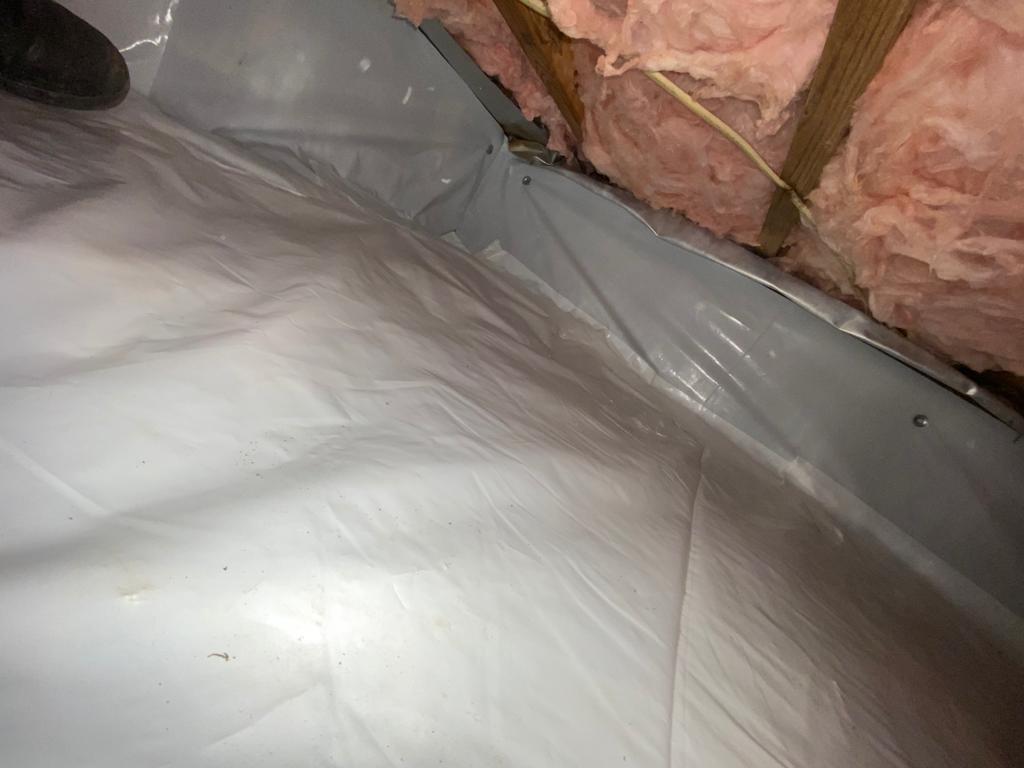
A vapor barrier is best for covering the dirt floor of a home’s crawlspace. Vapor barriers prevent condensation from forming from natural ground moisture and outside watering systems
or rain that seeps into this deep space under a home. A vapor barrier is a polyethylene plastic sheeting at least 6 millimeters thick. It is to manage the moisture and condensation that inevitably forms in unventilated crawlspaces, bringing mold to grow and warp the wood rim joists. A vapor barrier can also block access to ground gasses known as radon.
If the HVAC ductwork and plumbing pipes are exposed to air and moisture, a 5-millimeter insulation material wrapped around ducts will improve the operational efficiency of the heating and cooling system. A pipe tape or adhesive pipe cover effectively insulates exposed plumbing pipes.
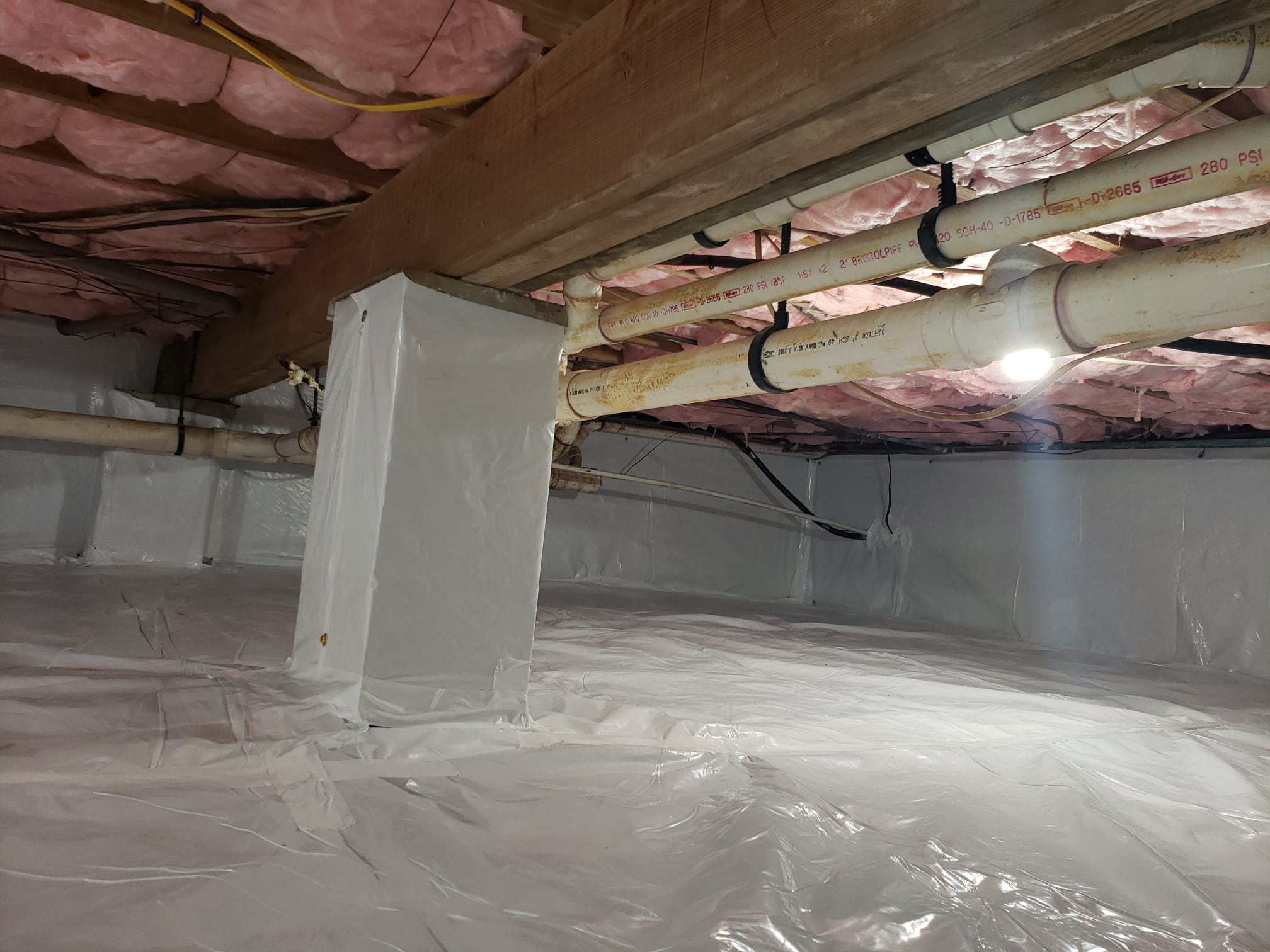
Crawlspace encapsulation is a process of fully enveloping the floors, foundation walls, and the rim joists above the floor with heavy-duty polyethylene plastic sheeting. Crawlspace encapsulation provides excellent energy efficiency of the HVAC system; it keeps the floors of the home space warm in winter and cooler in summer, and all moisture issues are eliminated from under the home, which prevents musty, wet odors from entering the ducts of the furnace heat system and air conditioning unit. Concisely, encapsulation makes for a much healthier home.
Contact Master Attic, LLC, the attic and crawlspace restoration experts serving New Jersey and Eastern Pennsylvania residents for 20+ years! Free estimates are given for any commercial insulation and remediation service, including crawlspace and basement cleanup, crawlspace insulation removal, installation of crawlspace insulation, installing basement and rim joist insulation, and moisture barrier
encapsulation.

How to Trap a Raccoon in the Attic When you have raccoons living in your attic, they can quickly become a nuisance and create various
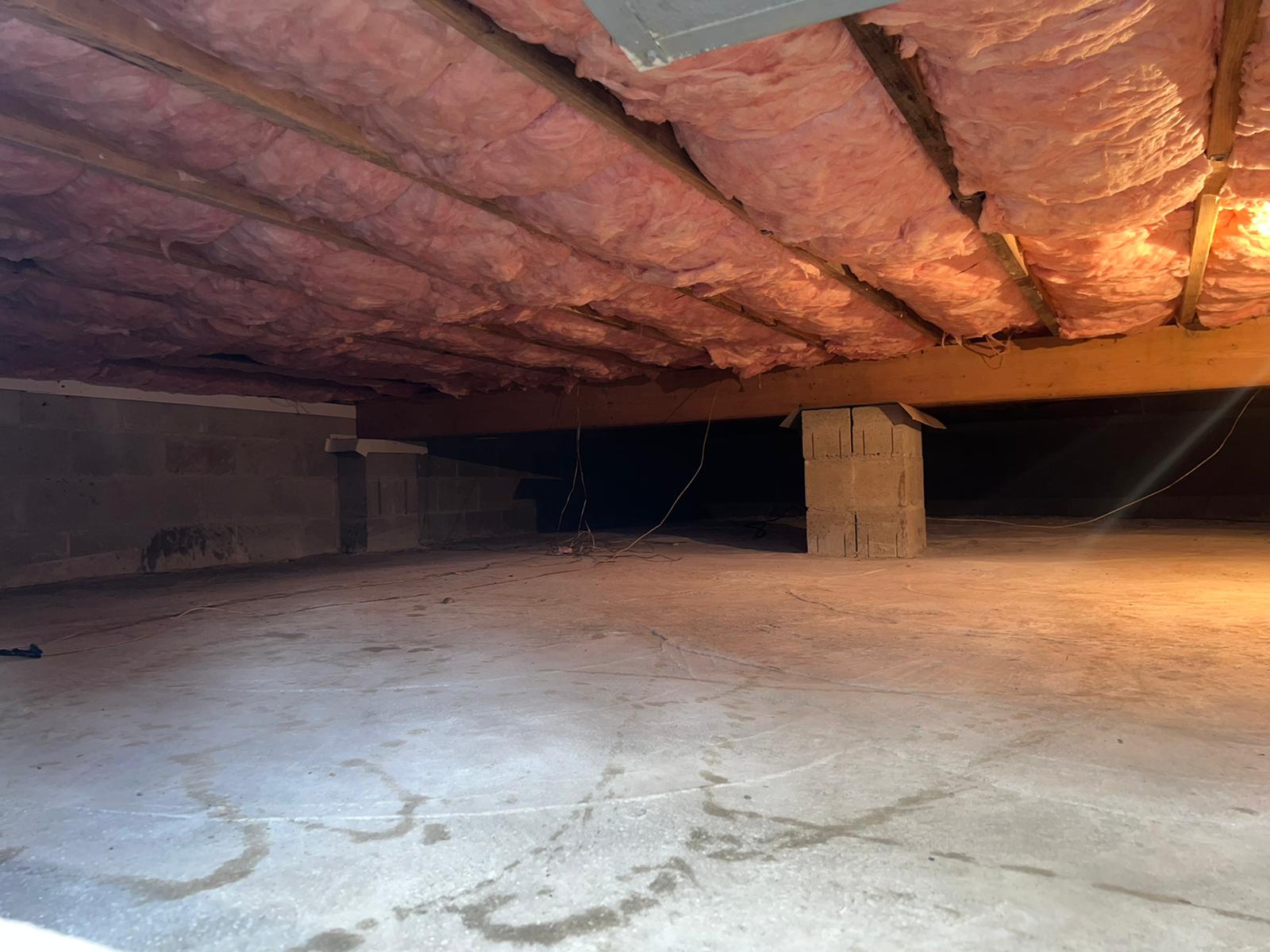
How Much Energy Will Insulating a Crawl Space Save in New Jersey? Today, around fifteen percent of homes have crawl spaces. These areas are popular
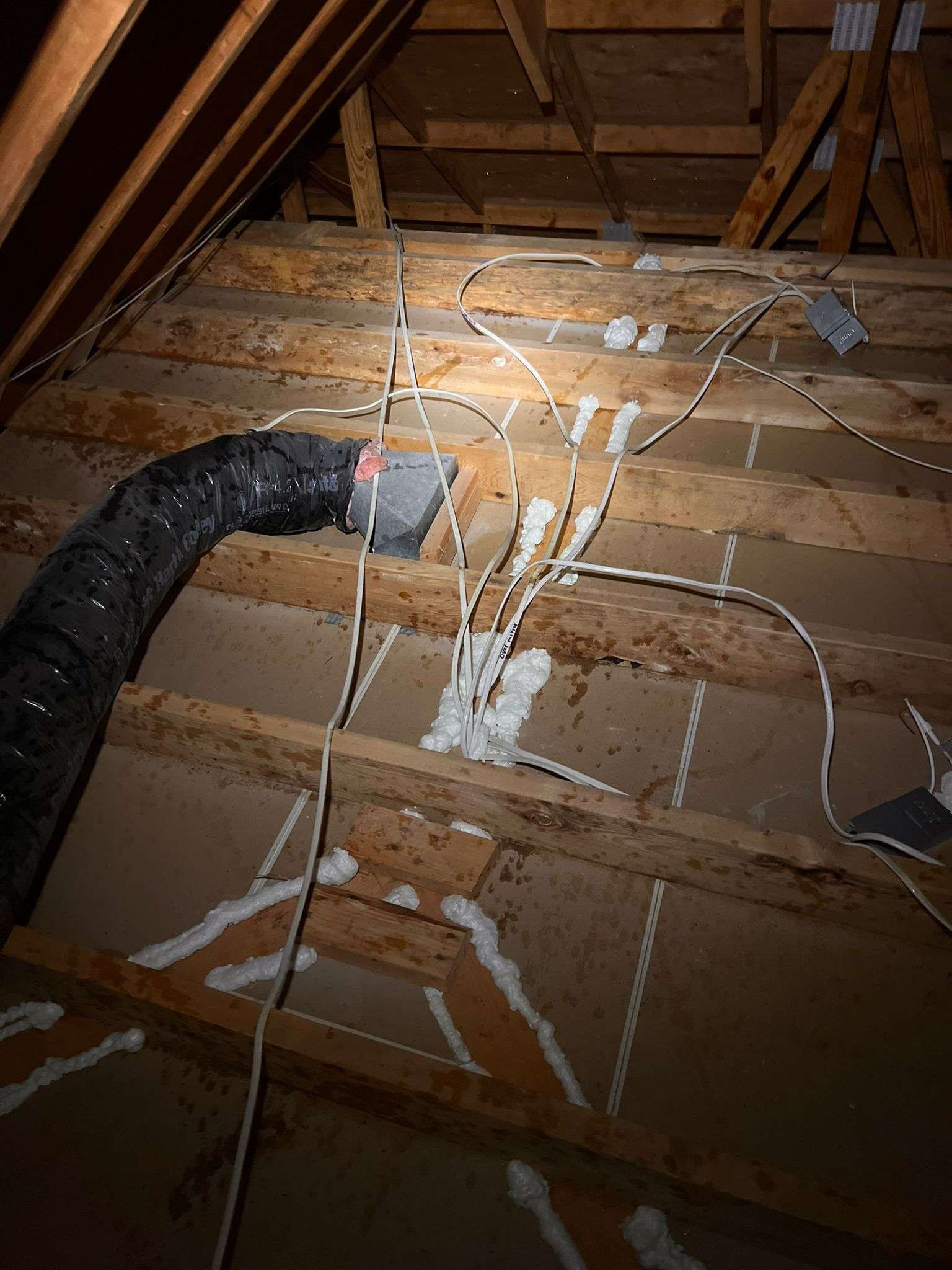
5 Benefits of Air Sealing Your Attic Homes will protect you from the natural elements of the outside world, but sometimes the outdoor elements can
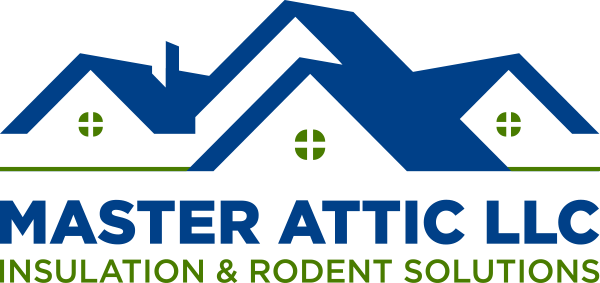
We strive endlessly to provide a service like no other; quality, safety and comfort is our #1 priority for your family.
Fully Licensed and Insured
NJ # 13VH09509100
PA # 147980
Look out for a confirmation email!
A Master Attic Pro Will Reach Out To You Shortly
